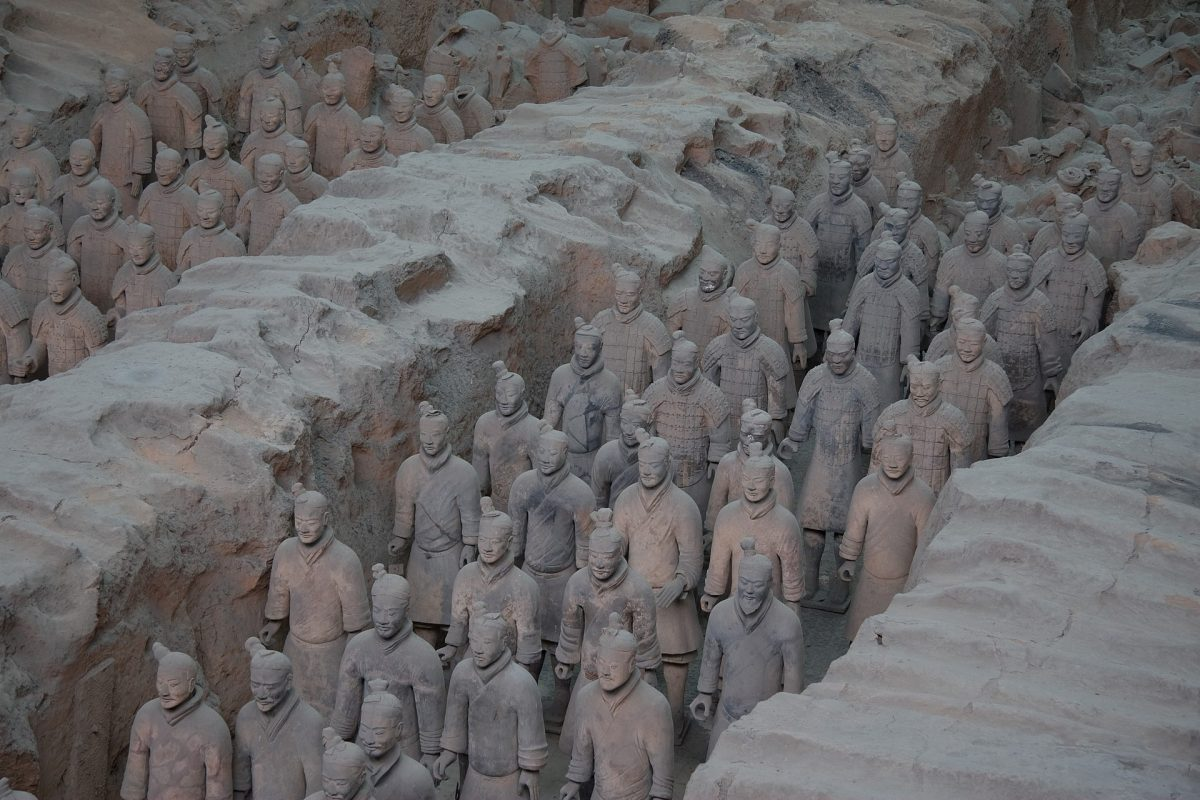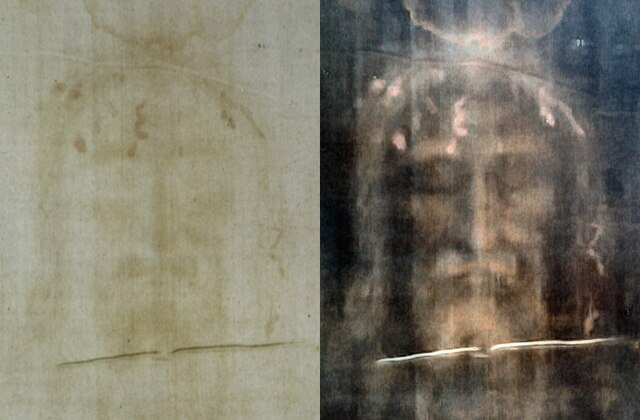Archaeology is the science that delves into uncovering the mysteries of the past. To do this, it investigates and examines ancient artifacts such as tools and homes. Humans first appeared on Earth around 300,000 years ago. The civilization we know today began much later, when people learned to cultivate the land and domesticate animals.
The food surpluses created by this development meant that people no longer had to spend all their time hunting and gathering, allowing for the creation of professions, the development of the arts, and the formation of the first societies.
However, throughout the millennia of human history, there are discoveries that continue to puzzle even the archaeologists themselves.
Here are five of the most mysterious archaeological findings that remain unexplained to this day:
1. The Stone Spheres of Costa Rica
In the Diquís Delta, located in southern Costa Rica, there are enormous stone spheres, some of which date back to around 600 A.D. Known as "Las Bolas" ("The Balls"), these ancient creations are attributed to a pre-Columbian civilization of the region. Most of them are made from gabbro, a type of rock formed from molten lava. Archaeologists believe they were sculpted using smaller stones, but their exact purpose remains unclear. Some experts suggest they were used for astronomical observations, while others think they marked important locations.
2. The Antikythera Mechanism
Antikythera Mechanism | Photo: Wikipedia
The Antikythera Mechanism is one of the most enigmatic archaeological discoveries. Found in the wreck of an ancient Greek cargo ship over 2,000 years ago, it consists of a complex mechanism with interlocking gears and inscriptions. Initially thought to be a navigational astrolabe, later studies revealed it to be an extremely advanced astronomical computer capable of predicting the movements of celestial bodies. The Antikythera Mechanism is considered the most sophisticated machine of its time, surpassing any similar tool by at least 1,000 years.
3. The Tomb of Cleopatra
Photo by NYPL on Wikimedia Commons
Cleopatra VII, the last queen of the Ptolemaic dynasty, is remembered in history for both her great intelligence and captivating beauty, as well as her relationships with Julius Caesar and Mark Antony. However, the exact location of her tomb remains unknown. According to the historian Plutarch, Cleopatra and Mark Antony were buried together in a "magnificent and beautiful" monument near a temple of Isis. Despite many theories, the location of her tomb has yet to be discovered. It is believed to be somewhere in Alexandria, possibly submerged near her palace or at the Temple of Taposiris Magna.
4. The Tomb of Qin Shi Huang
Photo: Wikipedia
In 1974, Chinese farmers in Shaanxi province uncovered one of the most significant archaeological treasures of the 20th century: the Terracotta Army of Emperor Qin Shi Huang (259 B.C. – 210 B.C.). These intricate statues were created to protect China's first emperor in the afterlife. However, the exact burial site of the emperor and the treasures within remain unexplored. Despite extensive excavations, the main burial chamber of Qin Shi Huang has not yet been opened, likely due to dangerous mercury concentrations rumored to be inside.
5. The Shroud of Turin
Photo: Wikipedia
The Shroud of Turin is one of the most controversial archaeological findings. Many believe it to be the cloth that wrapped the body of Jesus Christ after his crucifixion. The cloth bears bloodstains and a dark imprint of a male body. The Catholic Church first documented it in 1353 when it appeared in a church in France. However, its history likely dates back to 30-33 A.D., with references indicating it was moved from Judea to Edessa and later to Constantinople before reaching Europe.
In the 1980s, radiocarbon dating showed that the shroud dates back to between 1260 and 1390 A.D., leading many to conclude that it is a medieval forgery. Despite this, research continues, with some studies suggesting it could be older and possibly linked to the time of Jesus.














